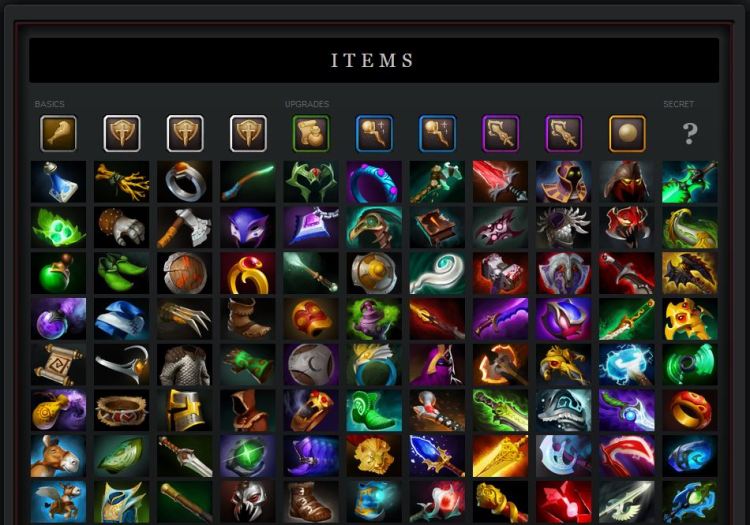Developers don’t need to make single-player first-person shooters starring nerdy silent protagonists if they’ve got something like Dota 2.
Valve’s popular online arena battler is a hit with the competitive crowd, and it apparently generated around $80 million in microtransaction revenues in 2013, according to industry intelligence firm SuperData Research. While that was enough to place in 13th for the year in terms of cash generated from selling virtual goods.
The free-to-play Dota 2 is a team-based action strategy title that has players working together to build up their characters and attack points on a map. It was the most-played game on Valve’s Steam gaming service last year, and it regularly has more than 500,000 concurrent players. That’s quite a bit more than Valve’s other free game, Team Fortress 2. That shooter typically has around 50,000 to 60,000 concurrent players.
Despite that gap in the number of players, the better-established Team Fortress 2 brought in $139 million in microtransaction sales in 2013, according to SuperData. That’s more than $50 million more than Dota 2.
While Dota 2 is doing well, according to SuperData’s research, it has a long way to go to catch up to League of Legends. Developer Riot Games’ Dota 2 racked up over $624 million in microtransaction sales in 2013.
Of course, the trends point to Dota 2 making quite a bit more in 2014.
“I anticipate Dota 2’s success will continue in 2014,” SuperData analyst Joost van Dreunen told GamesBeat. “Over the course of 2013, Dota 2 managed to triple monthly revenues. Considering the current momentum behind the MOBA category, we expect it to double monthly earnings by the end of 2014.”
Van Dreunen also points to Valve’s investment in Dota 2 as an e-sport as a major growth driver for the title.
In Dota 2, players can purchase cosmetic items that make their characters look different. While Valve contributes items to the game’s store, members of the community can also submit items and split the revenues with Valve.
Dota 2 is a quasi-sequel to a mod for Warcraft III called Defense of the Ancients. That variation on developer Blizzard’s real-time strategy title debuted in 2003. It inspired games like League of Legends, Dota 2, and Blizzard’s own upcoming Heroes of the Storm.
Valve released Dota 2 in June. Prior to that, it was available in a public beta test. As part of promoting the game, the publisher holds an annual tournament called The International in its hometown of Seattle.
VentureBeat's mission is to be a digital town square for technical decision-makers to gain knowledge about transformative enterprise technology and transact. Learn More






![Reblog this post [with Zemanta]](http://img.zemanta.com/reblog_e.png?x-id=857e33bd-3815-418f-b6f1-cb223f1807ba)
